Elements of Classical Thermodynamics:For Advanced Students of Physics

Summary
The laws of thermodynamics are amongst the most assured and wide-ranging of all scientific laws. They do not pretend to explain any observation in molecular terms but, by showing the necessary relationships between different physical properties, they reduce otherwise disconnected results to compact order, and predict new effects. This classic title, first published in 1957, is a systematic exposition of principles, with examples of applications, especially to changes of places and the conditions for stability. In all this entropy is a key concept.
Similar Books
-
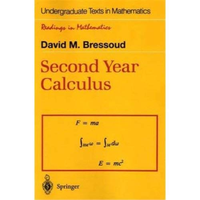 Second Year Calculus
Second Year Calculusby David M. Bressoud
-
 Mathematical Ideas in Biology
Mathematical Ideas in Biologyby John Maynard Smith
-
 Elementary Particles: Building Blocks Of Matter
Elementary Particles: Building Blocks Of Matterby Harald Fritzsch
-
 Theory of Bergman Spaces
Theory of Bergman Spacesby Hakan Hedenmalm
-
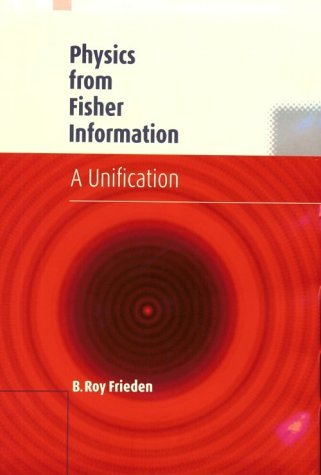 Physics from Fisher Information: A Unification
Physics from Fisher Information: A Unificationby B. Roy Frieden
-
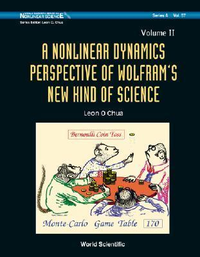
-
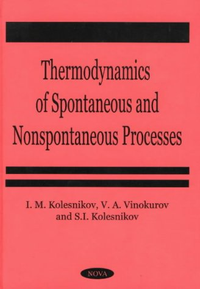 Thermodynamics of Spontaneous and Non-Spontaneous Processes
Thermodynamics of Spontaneous and Non-Spontaneous Processesby S. I. Kolesnikov
-
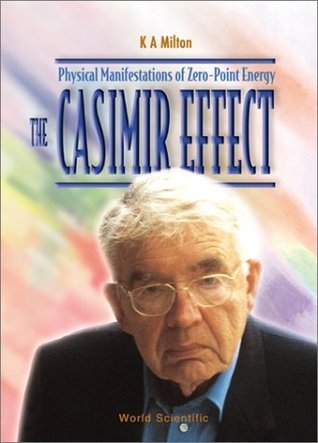 The Casimir Effect
The Casimir Effectby Department of Physics Kimball A Milton
-
 Topological Quantum Field Theory and Four Manifolds
Topological Quantum Field Theory and Four Manifoldsby José M.F. Labastida
-
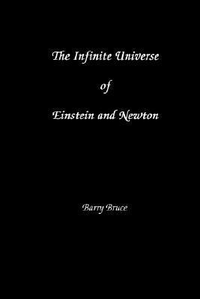 The Infinite Universe of Einstein and Newton
The Infinite Universe of Einstein and Newtonby Barry Bruce
-
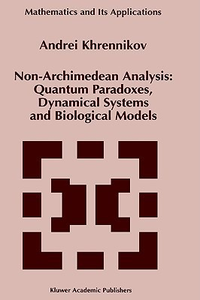 Non-Archimedean Analysis: Quantum Paradoxes, Dynamical Systems and Biological Models
Non-Archimedean Analysis: Quantum Paradoxes, Dynamical Systems and Biological Modelsby Andrei Y. Khrennikov
-
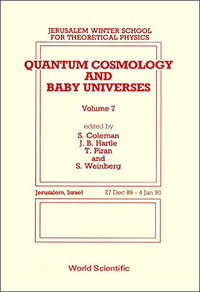
-
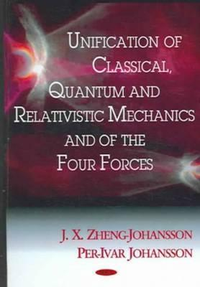 Unification Of Classical, Quantum And Relativistic Mechanics And Of The Four Forces
Unification Of Classical, Quantum And Relativistic Mechanics And Of The Four Forcesby J.X. Zheng-Johansson
-
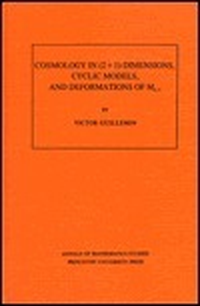
-
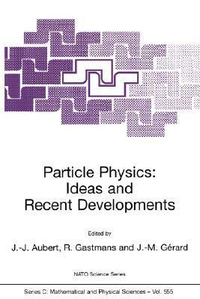
-
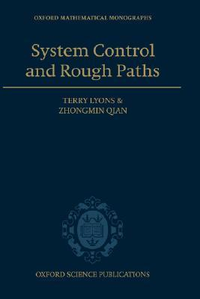 System Control and Rough Paths
System Control and Rough Pathsby Terry Lyons
-
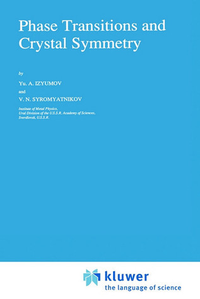 Phase Transitions and Crystal Symmetry
Phase Transitions and Crystal Symmetryby Yurii Aleksandrovich Izyumov